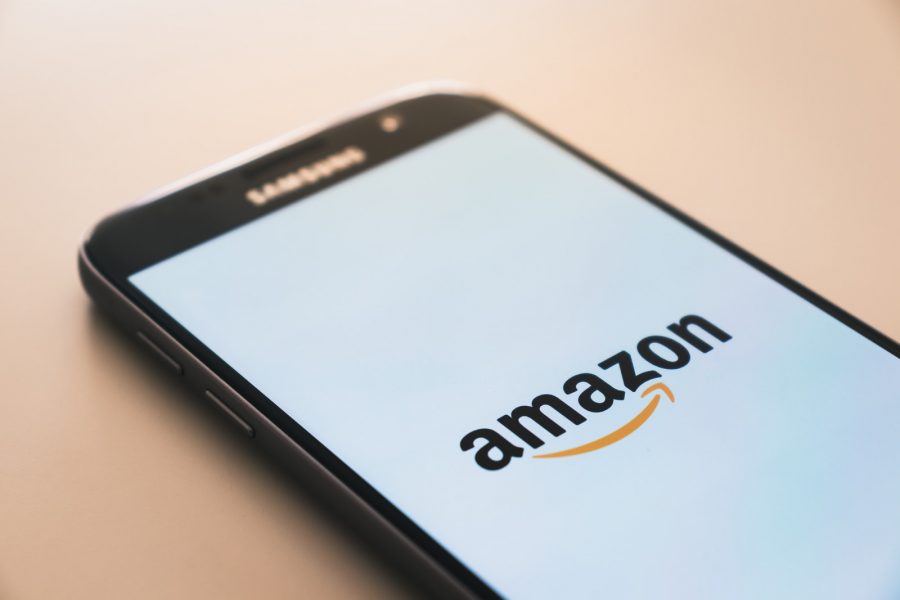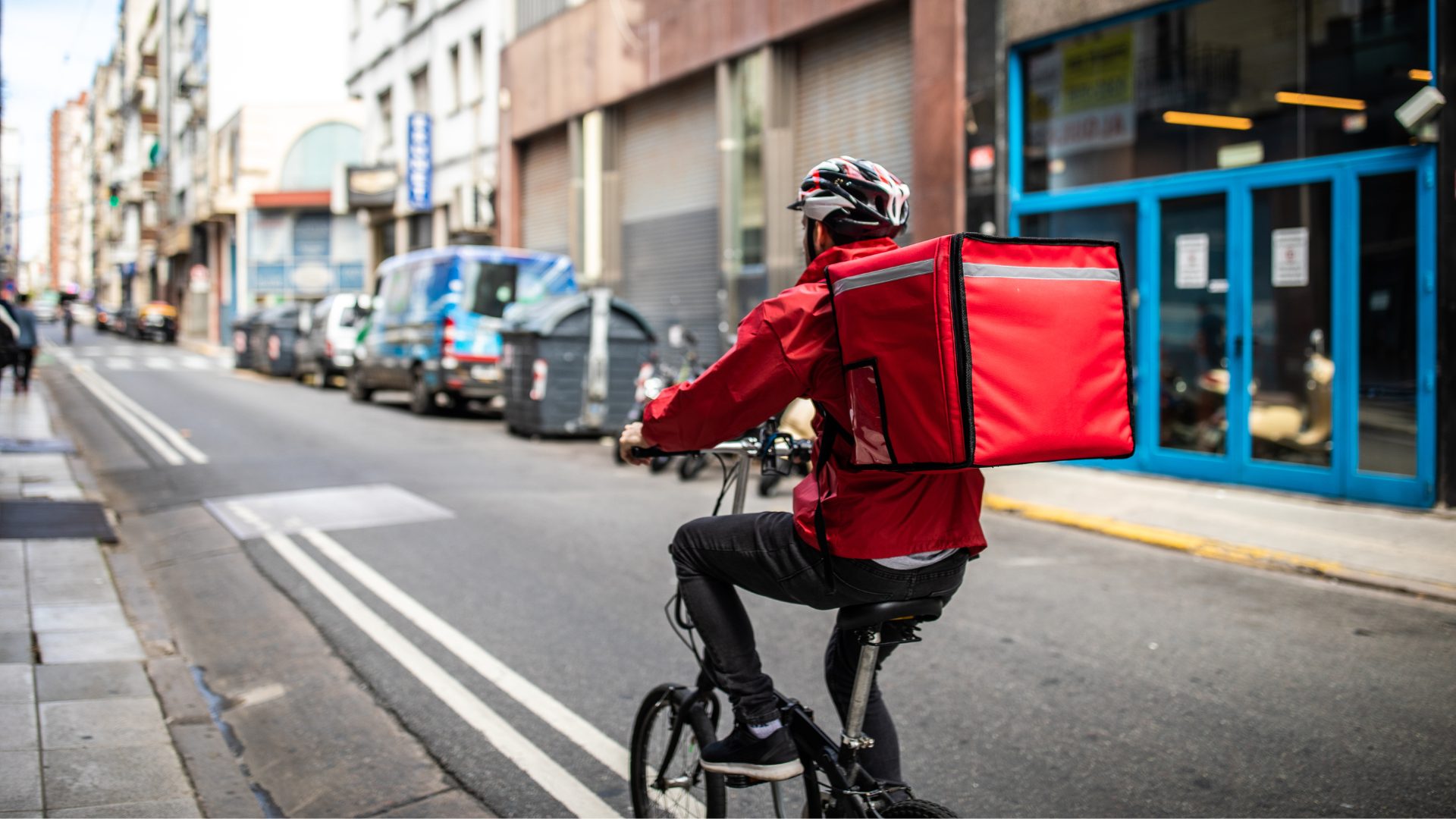A detour to the grocery store on the way home from work used to be just part of the daily grind, but all that has changed, and Amazon’s entry into the grocery business is moving the hunt for food from bricks to clicks.
Now Walmart, the biggest grocery chain in the U.S., wants to cut into Amazon’s same-day delivery strategy, teaming up with Instacart to expand the delivery options in three New York boroughs.
And Instacart hasn’t stopped there. It has forged deals with other top grocers, including Kroger, Costco and Target, as well as promising 30-minute “priority delivery” in the 15 largest U.S. cities from more than 300 stores.
Grocers across the country are rethinking their business models and turning to technology to help rethink operations.
AMAZON’S INNOVATIONS
“Amazon, with their optimized website ordering and efficient, speedy delivery capabilities has changed shopper expectations when they are purchasing food items,” Tom Finegan, CEO of Clarkston Consulting, told The Food Institute, adding that companies are building their own direct-to-consumer channels to compete with Amazon.
Amazon changed the playing field when it purchased Whole Foods for $13.7 billion in 2017. The pandemic created a perfect storm that prompted Amazon to up its game, offering two-hour food delivery for Prime subscribers.
Wajih Rekik, CEO at CHO America, said though Amazon initially gave the little guy entre into the internet, it has since made it more difficult for small gourmet companies and other small retailers because it’s Amazon Choices guidance is geared toward offerings from large retailers.
WALMART’S BIG MOVE
Walmart, which is about twice the size of Amazon, began rolling out its same-day delivery options in Brooklyn, Queens and the Bronx through Instacart at the beginning of September, one-upping its parking-lot-pickup operations. It also has its own network of delivery drivers.
“It’s a dynamic space that’s big enough for multiple providers and multiple business models,” a Walmart spokeswoman told The Wall Street Journal (Aug. 31). “Obviously, the pandemic accelerated things very fast.”
Walmart estimates 90% of Americans live within 10 miles of a Walmart store. What makes the New York strategy unique is that Walmart has no stores inside New York City. The groceries will come from suburban stores – for a slight fee.
HOW COMPETITORS CAN KEEP PACE
At the same time, to compete with Amazon, retailers need to find more efficient ways of collaborating and to create more “wow” moments, said VP of Community Engagement, Angela Fernandez, vice president of community engagement at GS1 US.
“Retailers are starting to expand their product offering and revamp their sourcing processes by exploring what today’s unique small businesses have to offer, as Amazon leverages small businesses as one of its strengths,” Fernandez told The Food Institute. “There was a major uptick of new UPCs licensed during the pandemic, many of them food brands. Expect to see an increased number of up-and-coming brands supported by more major retailers, such as Kroger’s supplier discovery program.”
“There isn’t a one-size-fits-all approach for companies who have launched a direct-to-consumer sales channel but Clarkston has found that the key ingredient to a successful business model is to put consumer preferences first,” Finegan said.











